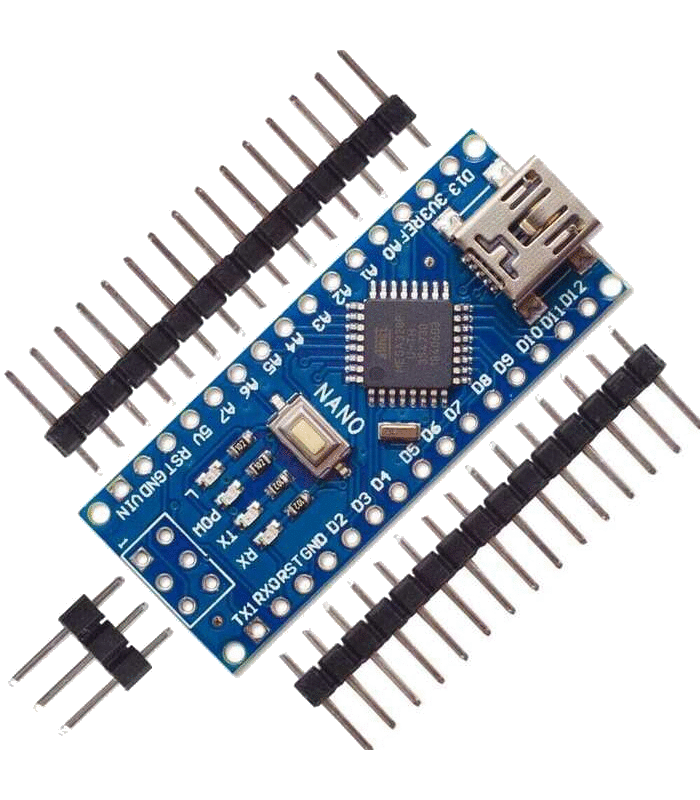Introduction: In the era of rapid technological advancement, two domains have emerged as powerful catalysts for innovation: robotics and the Internet of Things (IoT). These realms bring together the physical and digital worlds, revolutionizing industries and redefining how we interact with technology. In this blog, we’ll explore the essential components that drive both robotics and IoT, shedding light on how they work together to shape our connected future.
1. Microcontrollers: The Brains Behind the Magic: Microcontrollers serve as the brain of robotics and IoT devices. These compact chips contain a central processing unit (CPU), memory, and input/output pins that allow them to process data and execute instructions. Microcontrollers are responsible for decision-making, data processing, and controlling the behavior of devices.
2. Sensors: Perceiving the Environment: Sensors are the sensory organs of robotics and IoT devices. They gather data from the environment and provide crucial information that guides decisions and actions. Sensors come in various types, such as temperature sensors, motion sensors, light sensors, and more. In IoT, sensors enable devices to collect real-world data for analysis and automation.
3. Actuators: Bringing Actions to Life: Actuators are components that convert electrical signals into physical actions. In robotics, actuators control movements and operations. Servo motors, stepper motors, and solenoids are examples of actuators used to create motion in robots. In IoT, actuators allow devices to interact with the physical world by controlling devices like switches, valves, and motors remotely.
4. Connectivity Modules: Linking Devices Together: Connectivity modules enable communication between devices and networks. In IoT, these modules facilitate data exchange between devices and the cloud, allowing for remote control, monitoring, and analysis. Technologies like Wi-Fi, Bluetooth, Zigbee, and LoRaWAN enable seamless connectivity in both robotics and IoT.
5. Power Supplies: Keeping the Lights On: Power supplies provide the energy required to operate robotics and IoT devices. Depending on the application, power sources can range from batteries and solar panels to electrical outlets. Efficient power management is crucial to ensure optimal device performance and longevity.
6. Microelectromechanical Systems (MEMS): Miniature Marvels: MEMS are miniature devices that combine mechanical and electronic components on a single chip. They play a vital role in both robotics and IoT, enabling features like accelerometers, gyroscopes, and microphones. MEMS technology allows devices to sense motion, orientation, and environmental conditions.
7. Cloud Computing: Enabling Scalability and Data Analysis: Cloud computing is a pivotal component in IoT, enabling devices to send data to remote servers for storage and analysis. This cloud-based infrastructure allows for real-time monitoring, data processing, and the creation of insights that drive decision-making and automation.
Conclusion: Crafting a Connected Future: The convergence of robotics and IoT has opened the door to limitless possibilities. By integrating microcontrollers, sensors, actuators, connectivity modules, and other components, we’re building intelligent devices that can sense, act, and communicate in ways that were once only imaginable in science fiction. As we continue to innovate and leverage these components, we’re shaping a future where robotics and IoT work together to enhance efficiency, improve quality of life, and transform industries on a global scale.















